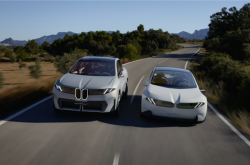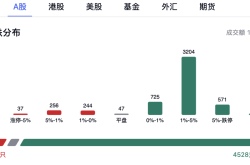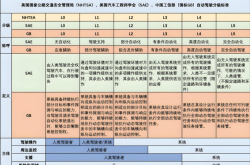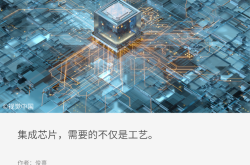German Luxury Cars BBA Experience a 'Cooling-Off': Is China's New Energy Sector Truly Dominant?
![]() 10/20 2025
10/20 2025
![]() 371
371
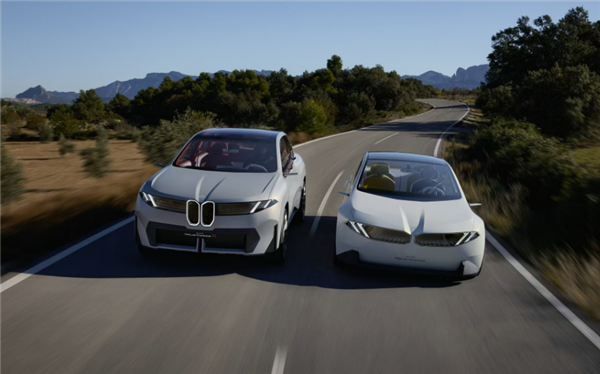
Text by Wang Xin, Editing by Yang Lingxiao, Content Produced by Electric New Species
In the first three quarters of 2025, the Chinese luxury car market has undergone significant structural shifts. The three prominent German luxury brands—Mercedes-Benz, BMW, and Audi (collectively known as BBA)—have all witnessed a collective downturn in sales across China.
Specifically, BMW reported a cumulative delivery of 464,000 vehicles during the initial nine months, marking an 11.2% year-on-year decline, with China being the sole global market experiencing a sales slump.
Mercedes-Benz's performance was even more lackluster, with sales plummeting to 418,000 vehicles in the same period, an 18% year-on-year decrease. China also emerged as the market with the steepest decline for the brand.
While Audi has yet to release complete data for the first three quarters, its sales in the first half of the year already indicated a year-on-year drop exceeding 10%.
Once upon a time, German luxury cars were nearly synonymous with 'luxury' in the Chinese market, with customers often willing to pay premium prices for immediate delivery. However, this fervor has notably subsided.
Some may interpret this as a decline in the fortunes of German luxury cars. Yet, from another vantage point, this is not indicative of their failure but rather an inevitable consequence of China's automotive market transitioning from the internal combustion engine (ICE) era to the new energy vehicle (NEV) era, as well as a direct reflection of the ascendancy of China's domestic luxury brands.
01 Slow Transformation Does Not Equate to Stagnation: German Luxury Cars Tackle New Energy Deficiencies
The primary reason for the sales decline of German luxury cars lies in their inability to keep pace with the electrification transformation in the Chinese market. Historically, they relied on the mechanical prowess and brand heritage of ICE vehicles to dominate. Now, the core competitiveness in the Chinese market has shifted towards electrification and intelligence.
Early NEV models from German luxury brands were often 'retrofitted electric' versions built on ICE vehicle platforms. These models lagged significantly behind their Chinese counterparts in terms of space utilization, range performance, and intelligent features.
For instance, the BMW iX3 recorded monthly sales of just over a thousand units in the first nine months of the year, with September sales dipping below a hundred units, according to Yiche data. The Mercedes-Benz EQ series also faced sluggish sales, averaging around a thousand units per month in the Chinese market in 2022.
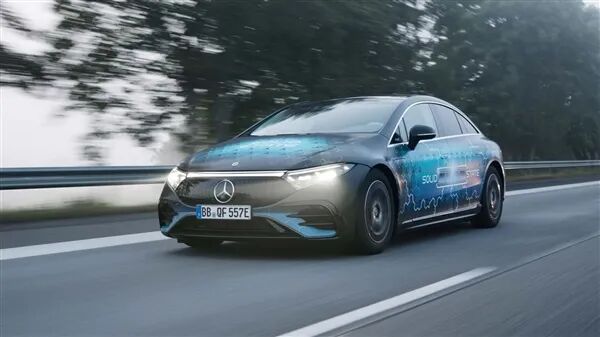
However, this does not imply that German luxury cars have abandoned the NEV market. Their transformation efforts are now becoming increasingly pragmatic. BMW plans to locally produce the next-generation iX3, based on a cutting-edge electronic and electrical architecture, with a range exceeding 900 kilometers.
Mercedes-Benz has explicitly stated its intention to introduce models tailored to the Chinese market, such as the electric GLC and electric C-Class, and is collaborating with local intelligent driving companies to develop advanced intelligent driving systems. It has even integrated AI large models to enhance the in-vehicle experience.
Audi's first China-exclusive model from its PPE luxury pure electric platform has already made its debut, and the brand has also launched a new electric brand.
On the supply chain front, German luxury cars are accelerating local cooperation. BMW has partnered with CATL and EVE Energy to deploy advanced battery technology and has teamed up with Huawei and Alibaba to enhance intelligence levels. Audi has collaborated with Huawei to implement intelligent driving systems and smart cockpit applications in its vehicles.
Although these efforts commenced later than desired, they underscore their determination to transform and are gradually addressing deficiencies in the NEV sector.
02 Intensified Market Competition: Not a Sign of Weakness for German Luxury Cars, but a Testament to Rivals' Strength
The erosion of market share for German luxury cars is primarily attributable to the strong rise of Chinese domestic luxury brands. Previously, the luxury car market above 200,000 yuan was nearly monopolized by German luxury cars. Now, Chinese brands boast competitive models across the market spectrum, from 200,000 yuan to the million-yuan range.
In the market above 300,000 yuan, brands like Li Auto, AITO, and NIO have established a formidable presence. Models such as the Li Auto L9 and AITO M9 directly compete for users of core models like the BMW X5 and Mercedes-Benz E-Class by offering spacious interiors, advanced smart cockpits, and assisted driving functions.
The AITO M9 has even surpassed the BMW X5, consistently leading the 500,000 yuan-plus SUV market. In the ultra-luxury segment, the Zunjie S800 has made a strong debut, with nearly 2,000 units delivered in September, surpassing models like the Mercedes-Benz S-Class and Porsche Panamera.
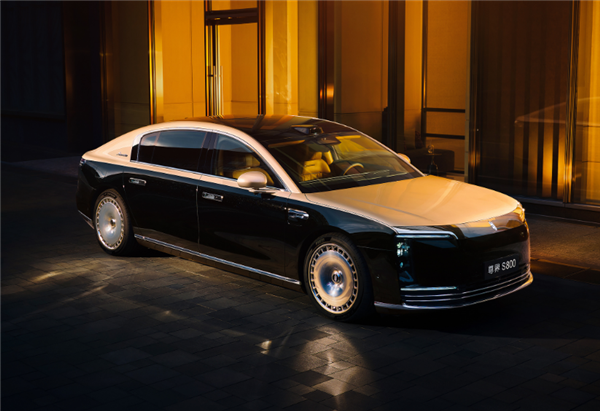
The advantage of Chinese brands extends beyond product strength to encompass user experience. They have a better grasp of the needs of Chinese consumers, making features like smart cockpits, LiDAR, and health configurations standard, while some intelligent functions in German luxury cars still require optional purchases.
For example, the in-vehicle system of domestic models can effortlessly understand contextual commands, whereas Mercedes-Benz's MBUX system still necessitates repeated instructions from the owner. This disparity has prompted many consumers to switch to Chinese brands.
German luxury cars are also making adjustments in response. In the terminal market, the Audi Q5L offers discounts of up to 120,000 yuan, and multiple Mercedes-Benz models offer discounts exceeding 100,000 yuan to entice consumers.
Simultaneously, they are launching China-exclusive models, such as the extended-wheelbase versions from BMW and Mercedes-Benz, and China-exclusive NEV models from Audi, in an effort to cater to the preferences of Chinese consumers.
This competition is not a zero-sum game but rather a catalyst for upgrading the entire luxury car market, providing consumers with a wider array of high-quality choices.
03 Upgrade in Consumer Attitudes: The Definition of Luxury Has Evolved
The deeper reason for the 'loss of appeal' of German luxury cars lies in the shift in how Chinese consumers define 'luxury.'
Previously, purchasing a German luxury car was more about the status symbol associated with the brand. Now, consumers place greater emphasis on the actual usage experience, with intelligence and service ecosystems becoming crucial criteria for measuring luxury.
When purchasing vehicles, new-generation consumers are no longer blindly brand-conscious but rather more discerning. They focus on tangible experiences such as driving pleasure, smart cockpits, and assisted driving, with the brand being just one of several considerations.
Data indicates that 78% of consumers consider air quality in the cockpit when purchasing a vehicle, making zero-odor healthy cockpits a significant selling point for luxury cars—an area where Chinese brands excel.
The long-standing brand premium of German luxury cars has been challenged by the upgrade in consumer attitudes. Their in-vehicle systems were once derided as 'feature phones,' with sluggish updates in intelligent configurations failing to meet consumers' demand for a technological edge.
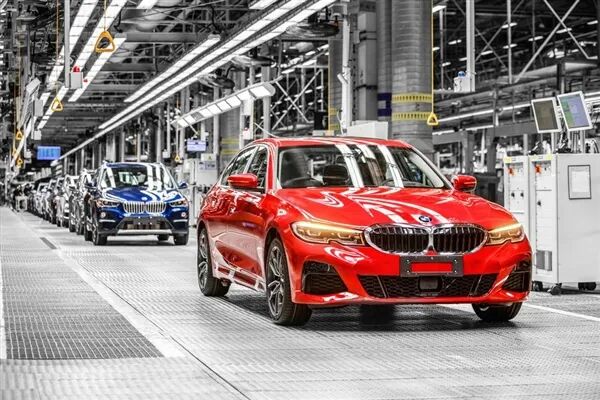
To address these changes, German luxury cars are accelerating their intelligent upgrades. BMW plans to launch more than ten new models in 2025 equipped with Huawei's intelligent driving solutions, while Mercedes-Benz is strengthening cooperation with local technology companies to enhance the intelligence of its in-vehicle systems.
Simultaneously, consumers' service demands are also evolving. Chinese NEV brands have forged long-term connections with users through direct sales models, user communities, and online services.
German luxury cars are also adjusting their channel models, experimenting with direct sales and digital marketing, and utilizing online live streaming and user interactions to bridge the gap with consumers.
Although this adaptation to changes in consumer attitudes is gradual, it can help German luxury cars regain consumer recognition.
Conclusion: There Are No Permanent Kings in the Market; the Future Belongs to Continuous Innovators
The collective sales decline of Mercedes-Benz, BMW, and Audi in China is not indicative of the decline of German luxury cars but rather an inevitable consequence of the transformation and upgrading of the Chinese automotive market.
Delayed electrification transformation, intensified competition from local brands, and an upgrade in consumer attitudes have collectively led to market adjustments for German luxury cars.
However, this does not imply that German luxury cars will exit the Chinese market. They are accelerating efforts to address deficiencies in NEVs, enhancing intelligence levels through local cooperation, and adjusting product and pricing strategies to cope with competition.
The rise of Chinese domestic brands is not about replacing German luxury cars but rather propelling the entire luxury car market into a more intense and mature competitive stage.
The Chinese automotive market is entering its golden era. The rise of domestic brands has not only transformed the domestic market landscape but also showcased the strength of China's automotive industry on a global scale. The temporary decline of German luxury cars marks the end of an old era and the dawn of a new one.

